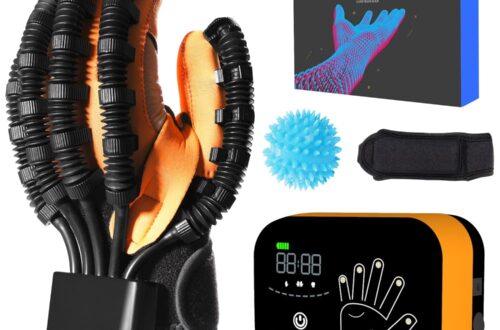Introduction
Stroke is one of the most common disorders of cerebral circulation, having a long-term impact on the quality of a patient’s life. The physical consequences of a stroke can vary and depend on the area of the brain that was affected. It is important to note that proper rehabilitation and the use of specialized instruments can significantly improve recovery prospects.
Physical Consequences
- Muscle Weakness or Paralysis: The most common consequence is weakness or paralysis on one side of the body.
- Coordination and Balance Impairments: Patients may experience difficulties in walking or performing daily activities due to loss of balance.
- Facial Expressions and Swallowing Dysfunctions: Possibilities include facial asymmetry, difficulties in speaking or swallowing.
Instruments Used in Rehabilitation
- Physiotherapy Equipment: Various systems of exercise equipment designed to strengthen muscles and improve mobility.
- Balance and Coordination Trainers: Specialized platforms and mats that help restore the sense of balance.
- Occupational Therapy Devices: Various instruments and devices that help restore the ability to perform daily activities, such as special handles, buttons, etc.
- Facial and Jaw Exercise Equipment: Specialized instruments to strengthen facial muscles and improve jaw function.
- Neurological Function Restoration Equipment: Electro-stimulation devices and virtual reality systems that help stimulate brain activity and restore motor skills.
Conclusion
The physical consequences of a stroke can be challenging in a patient’s life, but modern medicine offers various rehabilitation tools and instruments that can assist in a faster and more effective recovery. It is important to emphasize an individual approach to each patient’s needs and continuous support from a professional team throughout the recovery process.



